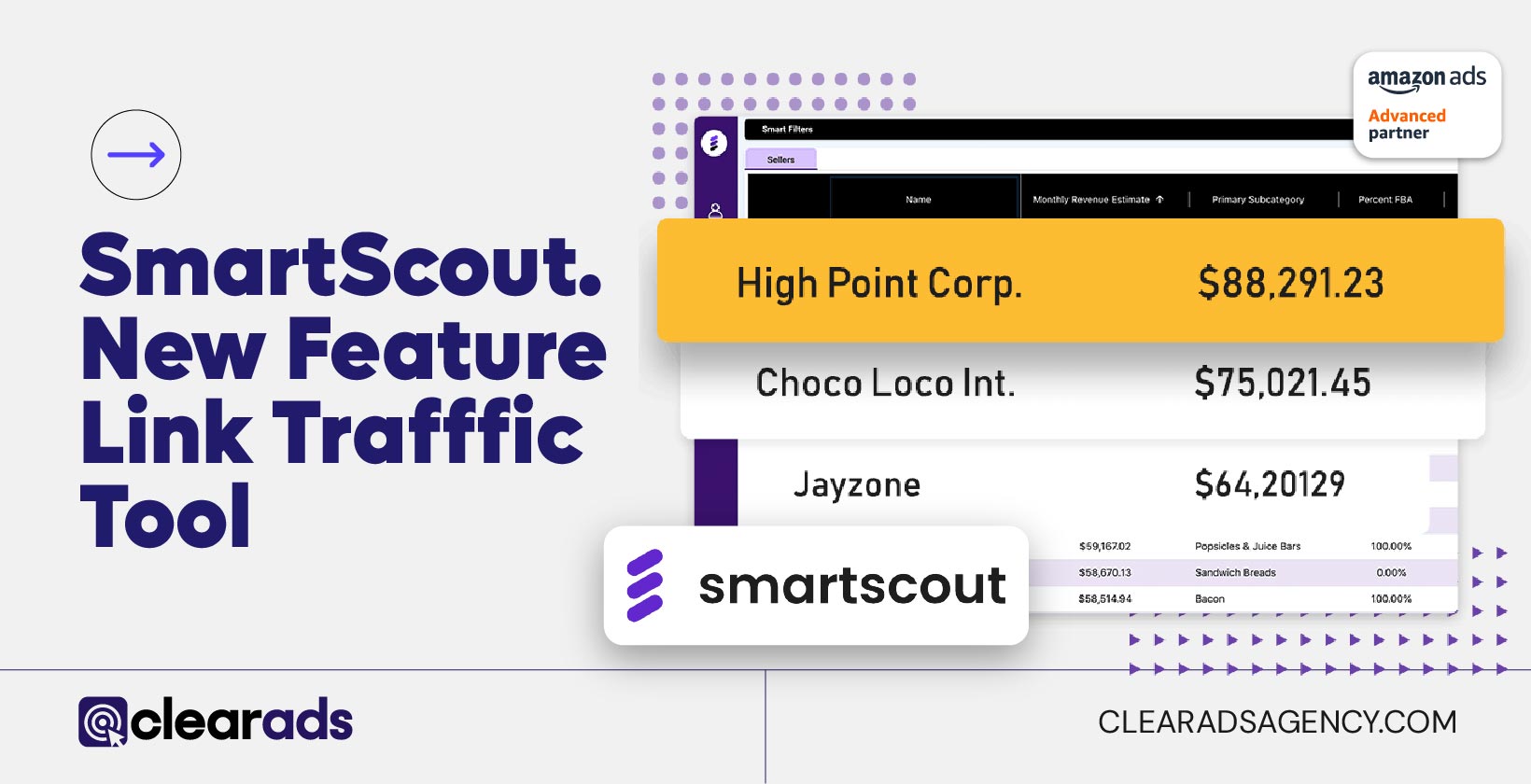When beginning to sell through the Amazon platform, there are a number of areas where sellers will need to focus their efforts in order to promote their products, reach the right audience, and deliver an exceptional buying experience.
This usually includes creating optimised content, incorporating imagery or videos into product listings, and utilising Amazon’s integrated marketing tools to improve visibility and increase the chance of a conversion.
However, there is one vital aspect driving Amazon success that many sellers overlook, and that’s building – and maintaining – a strong review profile.
Why are Reviews so Important?
By now, most retailers already know that reviews are important, especially when it comes to influencing the decision stage of the customer journey. Statistics suggest that practically every online shopper is more likely to purchase from a company with good reviews, enjoying greater confidence that they’re making the best decision for them. While the exact extent to which positive reviews can influence the buyer decision isn’t known, US software company Power Reviews estimates that an increase from zero reviews to one review can boost the likelihood of a conversion by as much as 65%.
And reviews aren’t just important for buyers; they’re important for sellers, too. Customer reviews are a massively valuable form of feedback, enabling retailers to conduct in depth sentiment analysis and adapt their approach as needed to engage customers.
When it comes to Amazon in particular, reviews are perhaps more important than ever. With the number of third party sellers increasing rapidly – especially as more and more retailers shift operations online following the COVID-19 outbreak and its effect on the high street – reviews are vital. If you’re competing against other products with similar features, functionality, and price points, reviews instantly become a major differentiator.
In 2020, 40% of Amazon shoppers in the US admitted that they used the platform primarily because of product reviews; that’s more than the percentage who claimed product diversity to be the most important reason, or communication, or even the ability of Amazon to create a seamless, stress-free digital shopping experience.
The Amazon Challenges
It’s clear the reviews – especially Amazon reviews – are important. However, getting reviews on Amazon isn’t always easy. Over the past few years, Amazon has hit the headlines on multiple occasions for having been seen to enable or facilitate fake reviews. Some of the more recent events occurred in September 2020, when Amazon was forced to delete an estimated 20,000 product reviews following an investigation launched by the Financial Times into suspicious activity. At the same time, the BBC reported that sellers were claiming that fake one-star reviews were being left on their products by rival businesses hoping to win customers through online defamation.
Naturally, Amazon now takes a very strict approach to reviews, which can make it more challenging for sellers to build their review profile. And those sellers hoping to find a loophole that allows them to write their own reviews, or draft in family and friends to share their thoughts are going to be very disappointed; Amazon has published an extensive product review policy that prohibits any form of forgery, no matter how well intended. Violating the review policy could have dire consequences, ranging from the removal of all product reviews to withdrawal of selling privileges and even legal action.
And even if Amazon wasn’t quite so strict, ‘black hat’ approaches don’t appear to work all that well anyway. With online shoppers becoming smarter and savvier than ever, research suggests that pretty much all 18-34 year olds can spot a fake review.
How to Get Reviews on Amazon

So what are the most effective ways to build a strong product review profile on Amazon. Unfortunately, there are many ‘obvious’ techniques that go against Amazon’s strict policy, but there are still a number of excellent methods that are above board and incredibly effective when done right. Here are some of the easiest to implement:
- Generate Reviews Organically
The easiest way to encourage your Amazon customers to leave a review? Simply send them a high quality product that accurately meets the product description you’ve added to the product page, and do your best to create a smooth, stress-free buying experience. Follow up on purchases to check that everything’s OK, include any necessary documentation to ensure customers understand how best to use the product, and ensure you’re available for post-purchase support and are ready to deliver exceptional customer service as needed. By building and nurturing relationships with shoppers, you can grow your review profile organically, with almost zero effort.
- Ask for Reviews
Studies have found that nearly three quarters of shoppers will leave a review if you ask them to, so it’s definitely worth reaching out and seeing if any customers would be willing to help you out. The good news is that Amazon automatically does this on your behalf following a purchase, so most of the time you won’t need to do anything. But if you’re not getting the sales-to-review ratio you’ve been hoping for, you can take matters into your own hands. Try adding inserts into your packaging to request a review (Amazon prohibits sellers from asking for positive reviews, but does allow them to ask for reviews), sending follow-up emails, or using the ‘Request a Review’ feature on Amazon.
- ‘Cross Sell’
There are two distinct ways to ‘cross sell’ when it comes to Amazon reviews. The first is to check out your Seller Feedback manager and see which of your customers have left seller reviews. These are similar to product reviews, but are focused on a customer’s experience with the retailer, rather than the product itself. You can then reach out to these customers and see if they’d also be willing to leave a product review. The second way is to ask customers who have purchased and reviewed through another platform to share their views on Amazon, too. But be wary of this option. These reviews will be marked as an ‘unverified purchase’, and too many can start to look a little suspicious.
- Offer An Incentive

This is a tricky area when it comes to Amazon reviews, but it can work well when planned meticulously. Amazon does not allow sellers to offer any sort of paid/benefit incentive in exchange for reviews, which rules out financial rewards, free products, and discounts. However, sellers can offer incentives in different ways. For example, you may wish to tell your customers that their reviews play a big role in business and product development, and are going a long way towards building a bigger, better brand that can meet their needs more closely. By highlighting how customers are able to have their say and help shape the future of your business, they may be more likely to share.
- Select Products for the Early Reviewer Programme
If you’re selling products that have very few customer reviews – or even none at all – you can select these items for entry into the Amazon Early Reviewer programme. This Amazon-run initiative is designed to help sellers develop a review base that they can build upon in the future. Once you’ve selected your products, Amazon reaches out to previous buyers on your behalf, offering them a financial incentive – typically an Amazon gift card worth anything from £1 to £5 – in exchange for a review… regardless of whether it’s good or bad. There is a small downside; Amazon chooses which of your previous buyers it contacts. But for sparsely reviewed products, it can work very well.
- Enrol in Amazon Vine
Amazon Vine is similar to the Early Reviewer programme, but with one major difference. Through this initiative, reviews aren’t requested from your previous customers; they’re requested from Amazon’s own pool of ‘Vine Voices’ who are sent your product free of charge. As a vendor, to enrol in this programme you’ll need to provide Amazon with free products that they can send to their reviewers who will try out and test at home. While this does mean you’ll lose out on some revenue initially, gaining more reviews could drive greater sales further down the line. As with the Early Reviewer programme, you won’t be able to choose which demographic receives your product to review.

Handling Poor Customer Reviews
There is one downside to building up your Amazon review profile; more reviews will almost always mean more negative reviews. Shoppers are statistically more likely to write a review of a negative experience than a positive one, so it’s important to be prepared to see an increase in the amount of not-so-great feedback that you receive.
The secret to handling poor customer reviews? Embrace them. Poor reviews are an opportunity to learn. They’re also an opportunity to demonstrate your commitment to providing great buying experiences for your customers. Don’t rush into responding – craft your responses well – but do respond. Either own up to a mistake and show honesty, or calmly share your side of the story and ensure you have your say. Buyers have just 60 days to remove their reviews, so responding quickly can be beneficial.
One thing to note here is that Amazon does not notify sellers when they have received a review, so it’s definitely worth checking your profile regularly so that you can respond to negatively quickly and resolve any customer issues before they begin to escalate.


